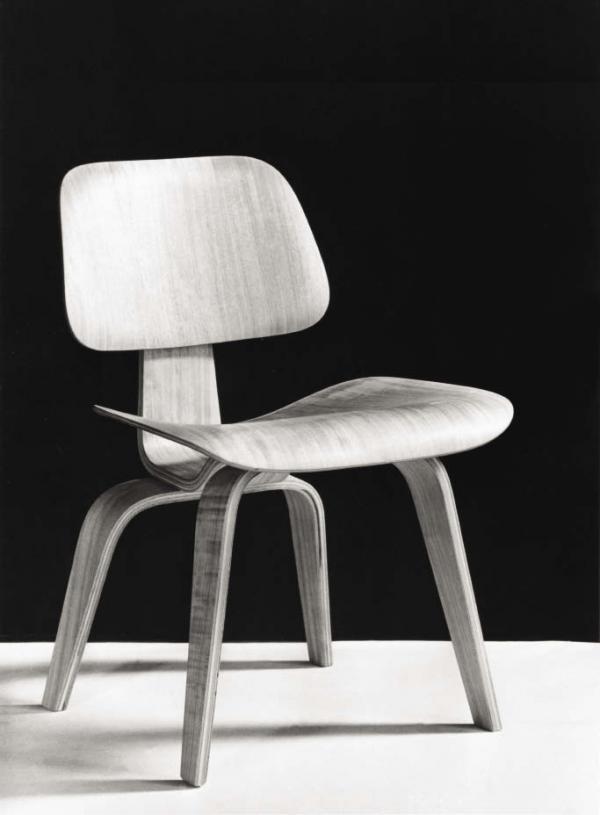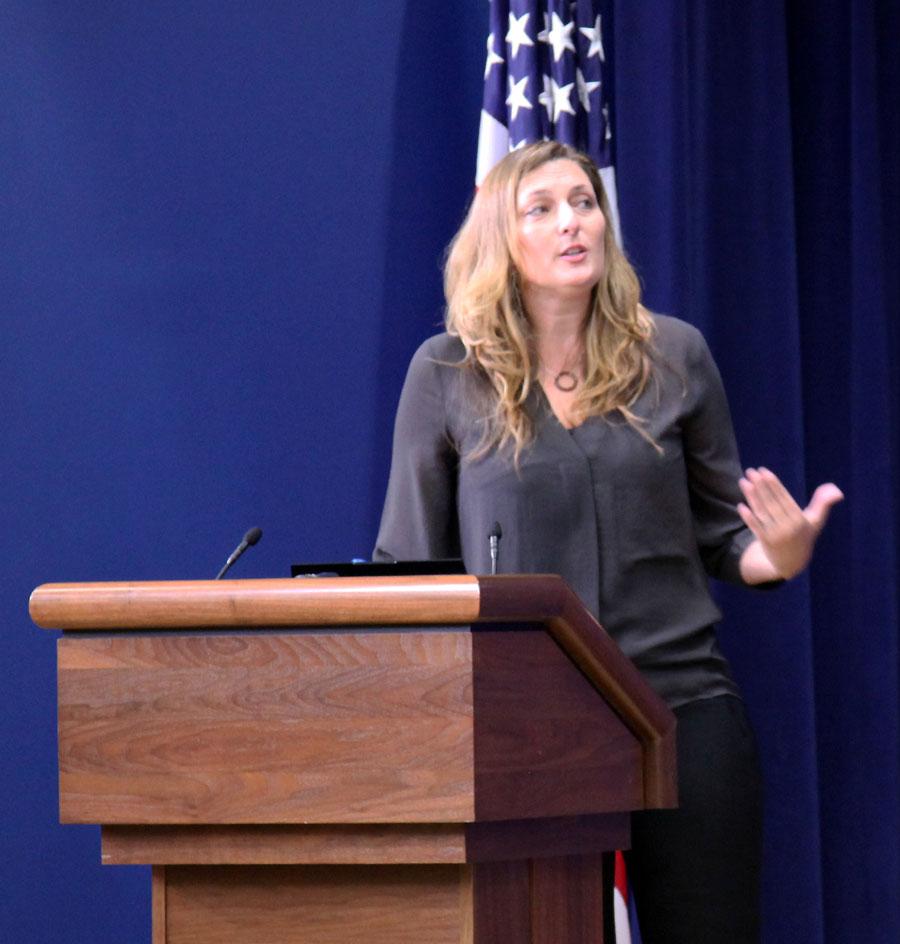The Eames Legacy

Iconic Eames Dining Chair
2011 Eames Offices, LLC

Iconic Eames Dining Chair
2011 Eames Offices, LLC
Charles Eames was an architect. His wife Ray was a painter and sculptor. Working together from 1941 to 1978, the husband and wife team became America's most influential designers. Their designs were not precious or fussy. They used industrial materials such as plywood, steel and fiberglass. They didn't specialize. They designed houses and toys, exhibits, films, and World War II leg splints. Many of their designs, including the Eames molded plywood dining chair, shown above, remain among the cherished objects of the last century.
Ray and Charles Eames anticipated our own era’s realization that technology often benefits from the human perspective of design. Their iconographic chair symbolizes not only the midcentury modernist aesthetic but our ongoing search for beauty, proportion, and style that is worth the money we pay for it: affordable but in no way cheap.
They noticed the overlapping boundaries between consumer goods and mass communications and the American way of life, discovering that a chair might be an image and evoke a whole look, that a science lesson might be turned into a movie and broadcast across the nation, and that the American bicentennial ought to be celebrated in a major exhibition. They created practical design that solved problems and beautiful sculptures that did “nothing,” that is nothing but demonstrate the power of solar energy. There was delight and popular appeal in their work and their designs, a brand of creativity that continues to inspire even as we look for new ways to address the challenges of modern living.
The documentary "Charles & Ray Eames: The Architect and the Painter" was screened at the White House Friday, July 20th, as the centerpiece of the latest in a series of "NEH at the White House" events. The film showing and discussion was organized by NEH's Office of the White House Liaison and Director of Congressional Affairs in coordination with the American Institute of Architecture Students (AIAS) Grass Roots Leadership Conference. The audience included architecture students and others interested in design. Jason Cohn, producer, writer, and director of the film, directed a panel focused on architecture, design and the Eames's legacy. Panelists included Michelle Kaufmann, an architect, designer, and advocate for thoughtful, sustainable, and accessible design, and Allison Wilson and Leah Davies, architects and leaders of the University of Maryland's winning 2011 Solar Decathlon entry, WaterShed.
During the panel discussion, Kaufmann referenced the Eames’ maxim of “doing the most with the least." She stressed that architects need to keep in mind the constraints posed by global population increases paired with economic malaise and environmental limits. Charles and Ray Eames, she said, recognized the importance of having fun and playing games in maintaining sustainable personal lives.
